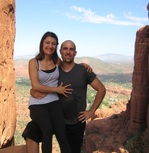After leaving Hokitika, we were ready to depart the west coast of the south island, but not without a bang (or a sea-surge I should say). The Punakaiki rocks are a fascinating formation of layered limestone created over many millennia as hard and soft layers of marine creatures and plant sediment stacked up over time. To add to the beauty, the rock formations create
multiple blowholes at high-tide, where salt water sprays up into the air and the resulting mist casts rainbows over the rocks.
The surging of the blow-holes wasn’t constant however. There were moments of pause where the sea held its breath before unleashing its power. In this moment, all things seemed to come together as one. As Zen Master Dogen, founder of the Soto Zen school, says in his writing
“Uji” (time-time):
“Each moment is all being, is the entire world. Reflect now whether any
being or any world is left out of the present moment.”
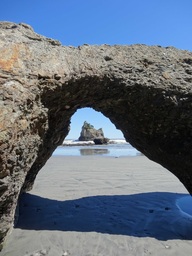
Often as we travel we see such beauty that the present moment seems crisp, vivid and alive. But Dogen reminds us that each moment – whether it be the grocery store or the splendours of Punakaiki, is complete in itself and contains all other moments within it. While we were pondering these thoughts and also waiting for high-tide at Punakaiki, we visited the splendid rock formations along remote Motukiekie Beach. There were plants clinging to rocks that jutted out of the sea at different angles and the great sea arches were sculpture of the highest order. One could lose oneself in their intricacy and unique fingerprints. As Dogen continues:
“Know that in this way there are myriads of forms and hundreds of grasses
throughout the entire earth, and yet each grass and each form itself is the
entire earth. The study of this is the beginning of practice.”
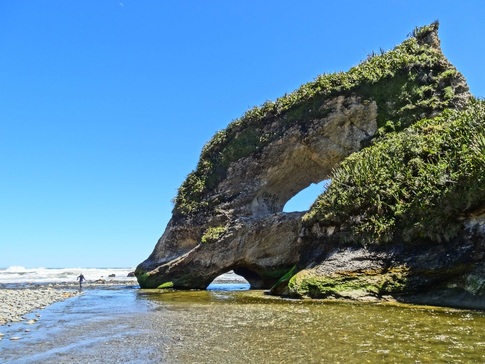
Double Sea-Arch on Motukiekie Beach
Can we take each object we see in everyday life and see it as the whole earth? Each moment of time as our whole existence full of unlimited possibility? This point was hammered home even more as we veered off the west coast and swept upward to the Abel Tasman region, named after the Dutch explorer who explored the northern part of the island in 1642. The beaches there are known for their glittering golden sands (each one of which is Dogen tell us is the entire earth...), but a cloudy day left us with a few detours beforehand.
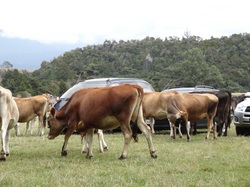
Cows munching on Faith
The first was Rawhiti Cave, a fascinating stalactite filled cave brimming with life. Its “phytocarst” formations are among the most wondrous natural phenomenon in the entire island. It is where rock comes to life as the mossy light-seeking flora that grows along the stalactites pulls the rock up at jutting angles towards the sun. The sheer number of stalactites makes for a stunning effect as you stand at the mouth of the cave. Rawhiti packed one more surprise for us as we exited the walk to find that a farmer had let his cows out on the land surrounding the trailhead. They were ravenously licking all the vehicles and munching on whatever rubber components they could rip off! Trouble-makers! After quickly extricating Faith, we sped out of Rawhiti and spent a few more hours exploring the limestone formations of the Grove before the sun cleared up and we headed to Taupo Point for our first glimpse of the beaches of the Abel Tasman.
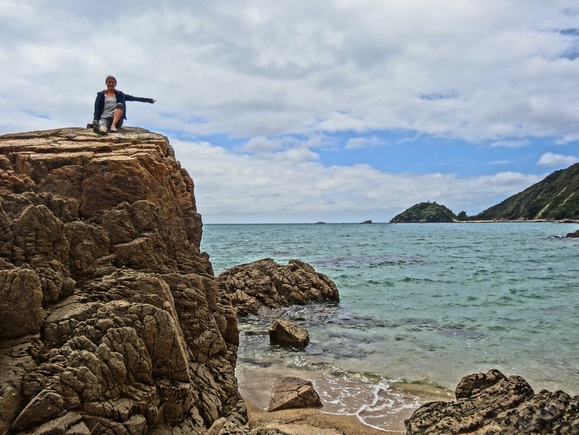
Taupo Point in the distance off Wainui Bay
The next day we traversed the gravelly and windy road to the Totaranui DOC site, the base for our grand expedition to Anapai and Mutton Bays. As we walked through the Bush over hills and along the beach we came out to Anapai beach with its gorgeous waters and a swing set up on the trees in the middle of the beach. Another hour saw us to Mutton Bay, where a rocky outcrop splits the bay into two parts, which
I happily swam around in the warm ocean waters. As my breath mingled with the movement of the water and view of the golden coastline, Dogen whispered through the breeze:
“The time-being of all beings throughout the world in water and on land is just the actualization of your complete effort right now.”
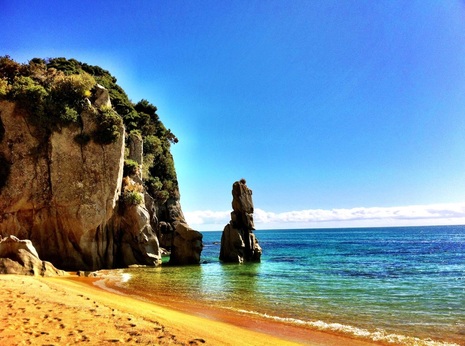
Anapai Bay, Abel Tasman
In zazen (meditation), when we sit wholeheartedly with everything that arises (both joyous and painful) within the present moment, we connect fundamentally with all things in space and time. This ability is always available to us with right effort.
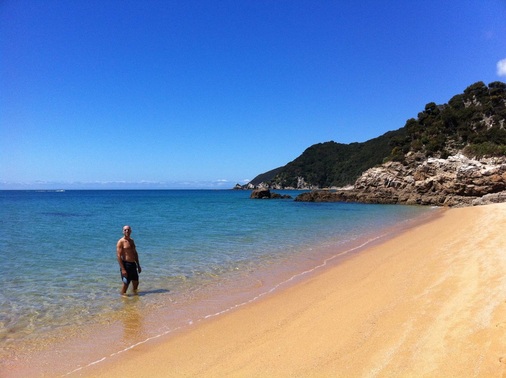
Swimming in beautiful Mutton Bay
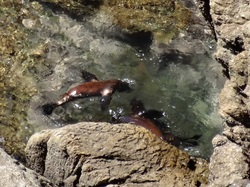
Ironically after all this talk of unity, our lunch that day was at “Seperation Point”, but it refers simply to the point where the
Tasman Sea and Golden Bay split apart on the rocks and is also the home of many cute fur seal pups who were diving and playing in the pools below! The rest of the day saw some R&R as we hung out with our Kiwi camp neighbours and enjoyed a nice evening time fire at Totaranui.
Now it was time to head even further north with a stopover at the
beautiful Wanui Falls, where the surging falls inspired us to meditate together nearby. Then it was to the northernmost tip of the South Island – Farewell Point and Wharariki Beach. A stark contrast to the Abel Tasman, Wharariki Beachs’ winds howl with discontent and mystery. The
sand burned at our skin from the piercing wind, but the allure of the looming
sea caves drove us forward. With the tide low we took our torches into the caves as
crabs and cave-wetas scurried out of the way to reveal hidden parts of the beach swathed in color.
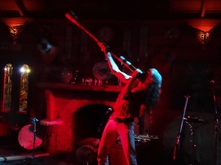
The fun continued back at the campground where we met Marty and Lane over dinner. A newly-wed couple from England who were each others 2nd marriage, they were a delight to talk to and before we knew it we were driving with them out to the local Mussel Inn to catch a didgeridoo player who had played at the recent Illuminate Festival nearby. As we approached the inn in the middle of nowhere, cars were packed together outside and we knew were approaching a local happening. Sika, the didgeridoo player, sounded bass-thumping tunes mixed with native wisdom while two voluptuous dancers writhed alongside of him and sweaty hippies crowded in to absorb the vibes.
The Mussel Inn is also a notable brewery and Neda fell in love with the “
Captain Cooker” brew, which is notable because it is brewed with tea-tree leaves instead of hops. Apparently when Captain Cook came to New Zealand he was out of hops and the crew morale was getting low. The boats botanist said that the Manuka (the local Maori word for tea-tree) would do the trick for brewing and Manuka-based beer was born. The tradition had died, having only recently been revived by the brewmaster at the Mussel Inn. In the end, our evening with Marty and Lane was one of our most memorable of the whole trip!
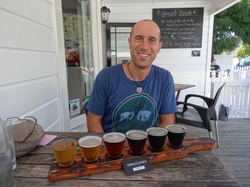
A flight at the Sprig & Fern
Our time on the South Island was coming to a close, but first we stopped for a hike at the northernmost point of the Island, Cape Farewell, before heading down south to the Nelson region, where most of NZs’ hops are grown. Stops at the Monkey Wizard Brewery, the Spring & Fern, and the Freehouse in Nelson gave us ample opportunity to sample the local hops and say goodbye to this part of the island. But with travel every goodbye is a chance for a new beginning. As we scoped out the sign at a bay in the Marlborough Sounds for freedom camping, another Estima pulled up and the two travellers reassured us that we could sleep there the night. We ended up hanging out with Grant & Jess from Cincinnati that night, but little did we know we’d be running into them a lot more as the journey continued!
As we look back on these wonderful times, it is strange to see them flowing away behind us. And yet we understand, with Dogen’s help, that each of those moments is still perfectly present. This truth encourages us in our practice – beyond time and within it. As Dogen says:
“People only see time's coming and going, and do not thoroughly
understand that the time-being abides in each moment. This being so, when
can they penetrate the barrier? Even if people recognized the time-being in
each moment, who could give expression to this recognition? Even if they
could give expression to this recognition for a long time, who could stop
looking for the realization of the original face?”
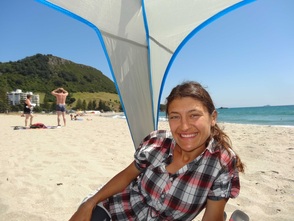
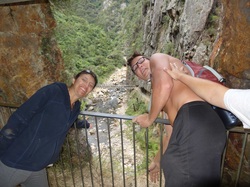
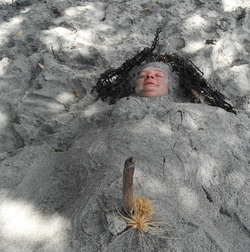
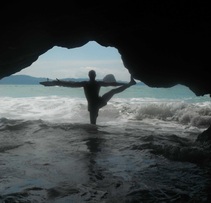
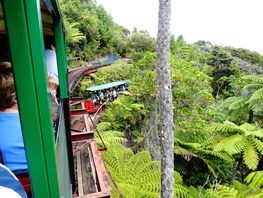
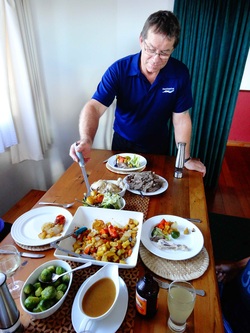
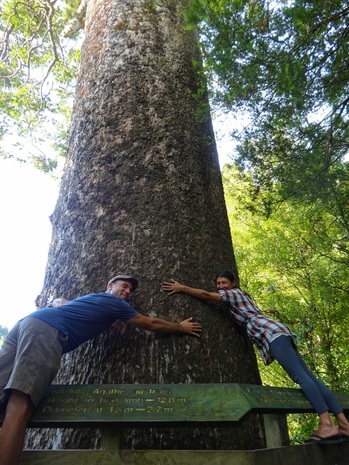
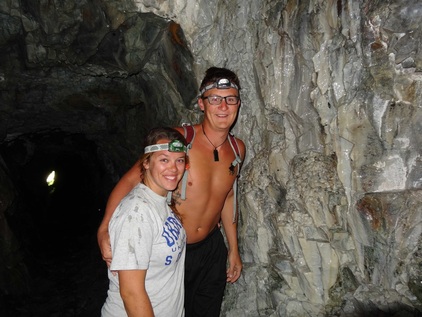
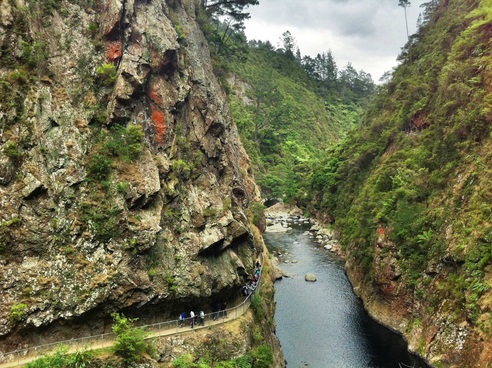
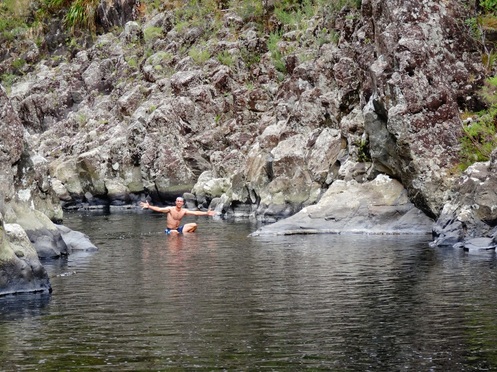
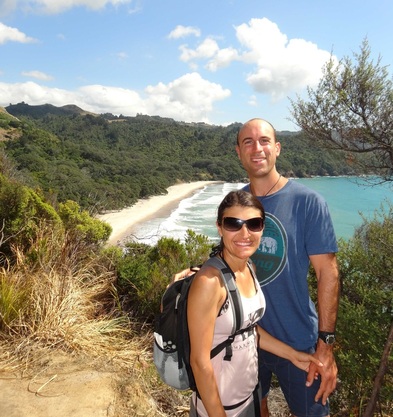
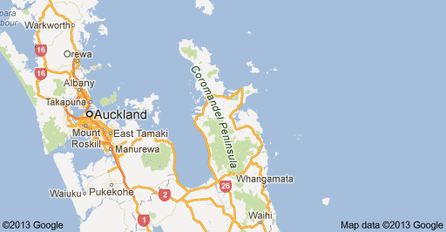
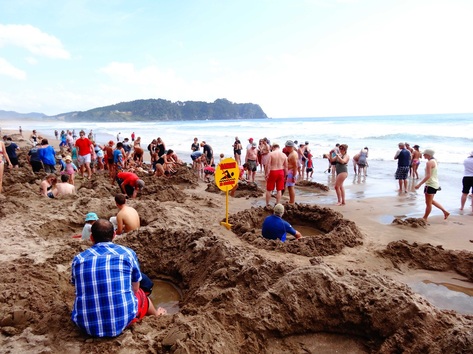
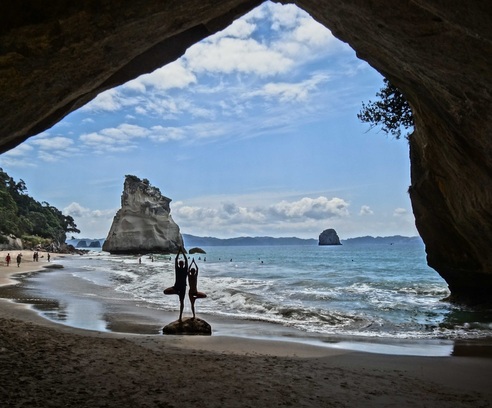
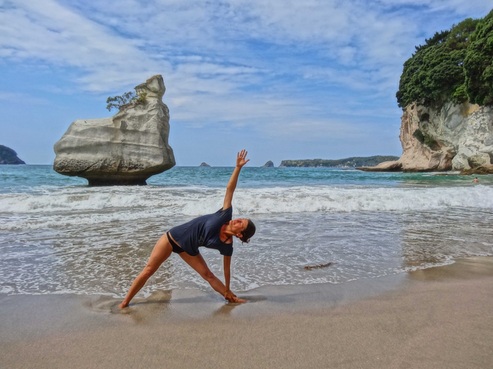
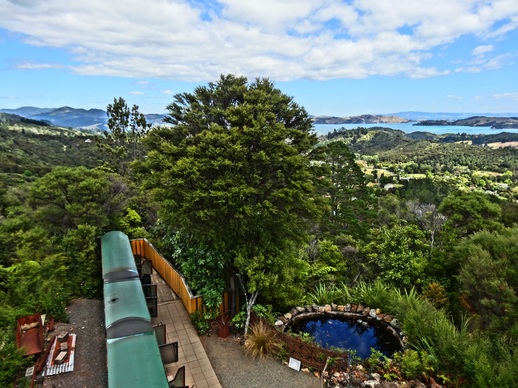
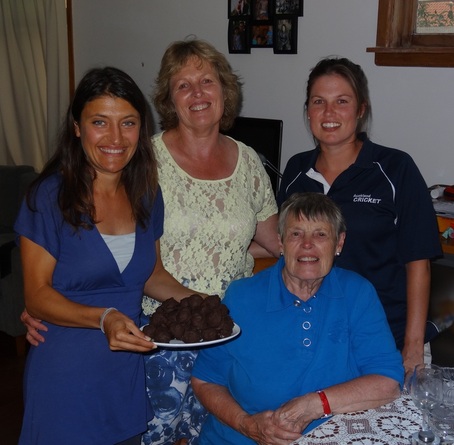
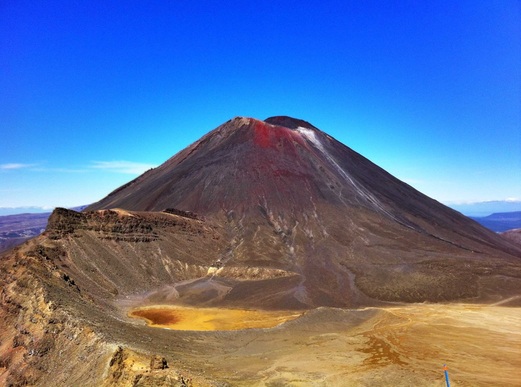
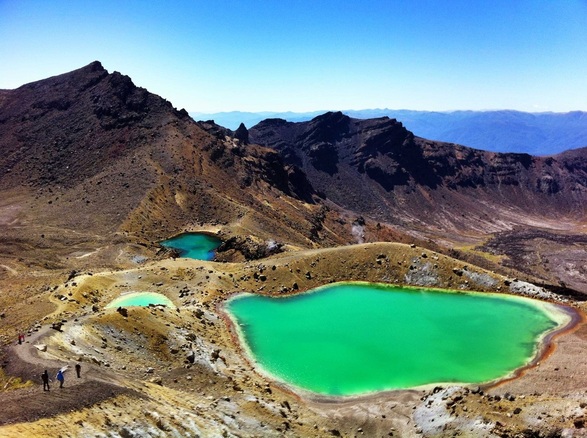
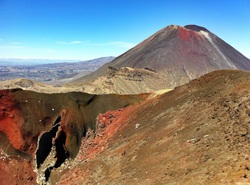
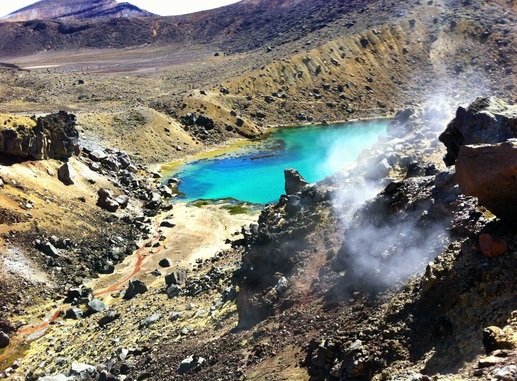
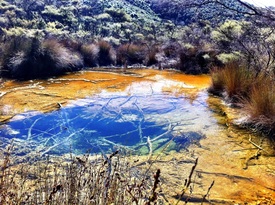

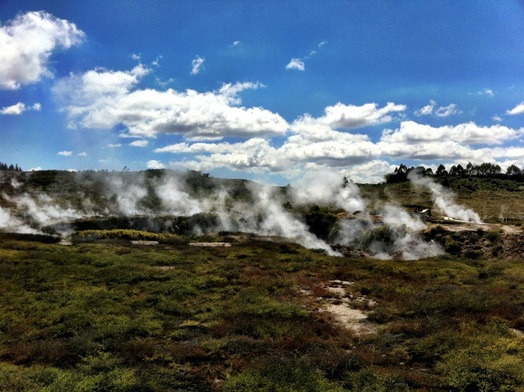
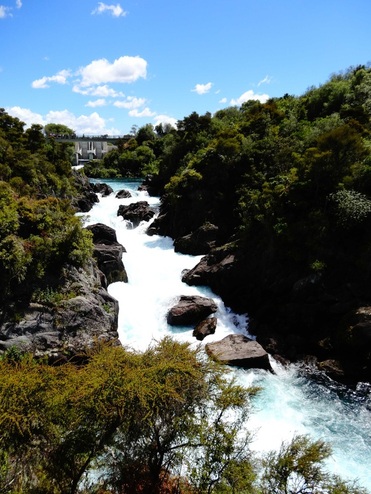
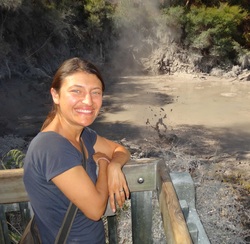
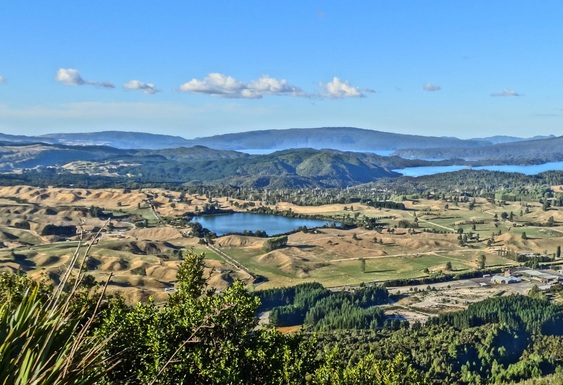
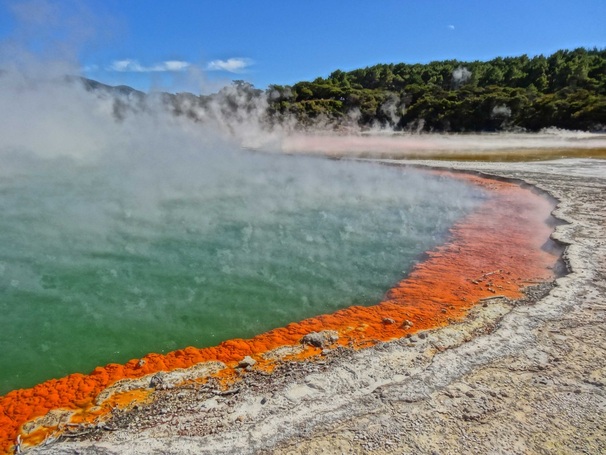
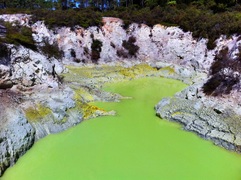
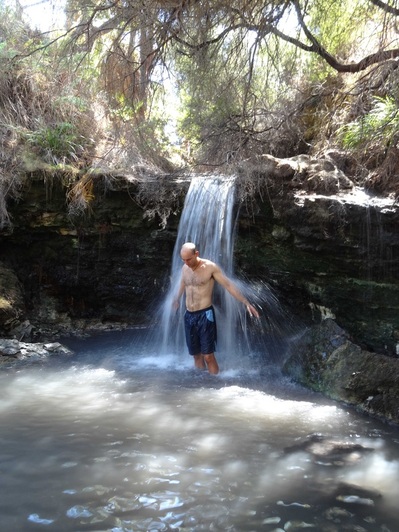
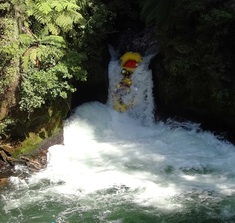
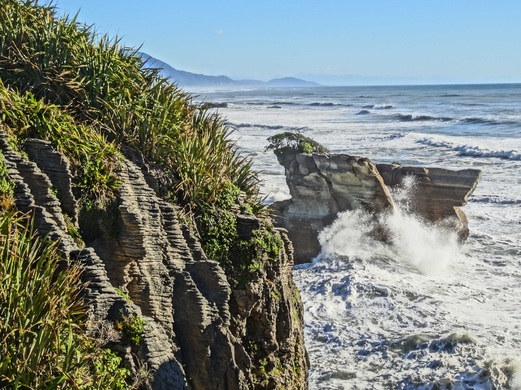
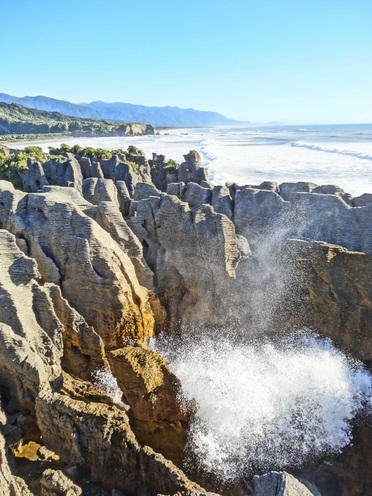
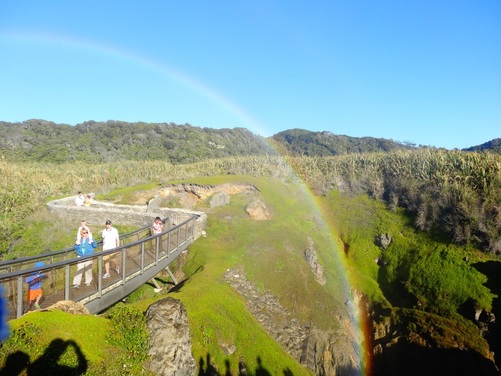


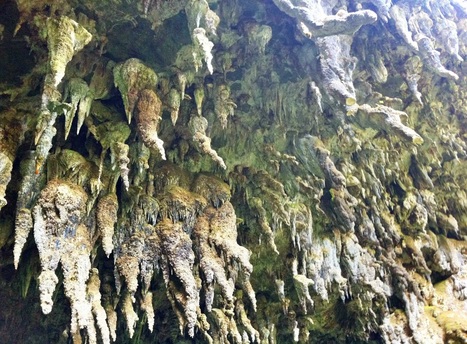





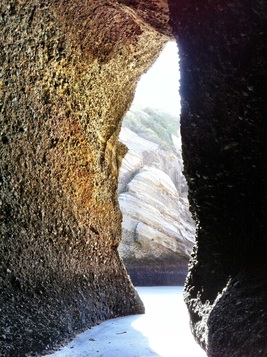
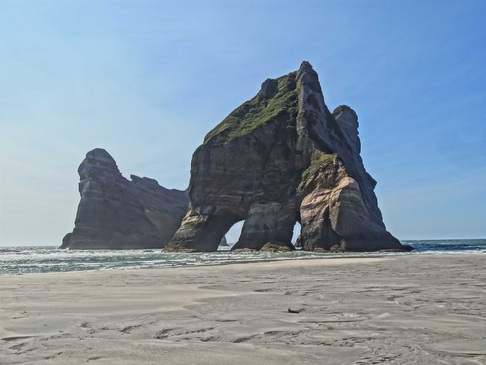


 RSS Feed
RSS Feed